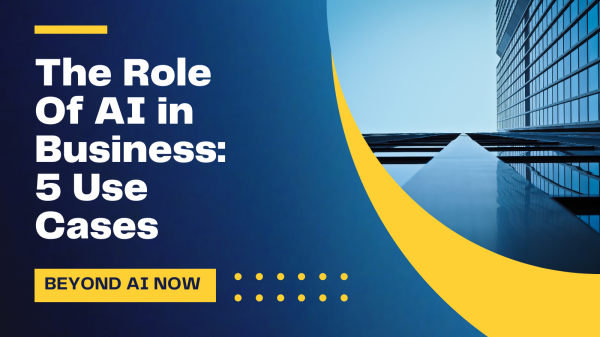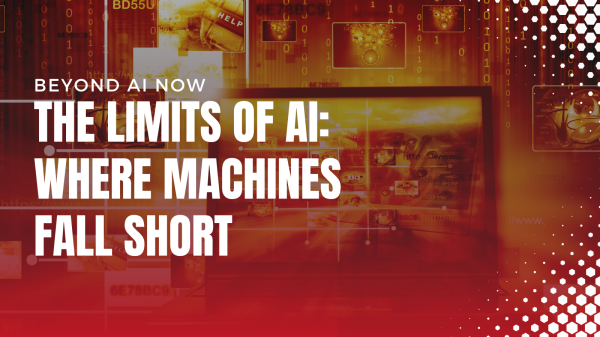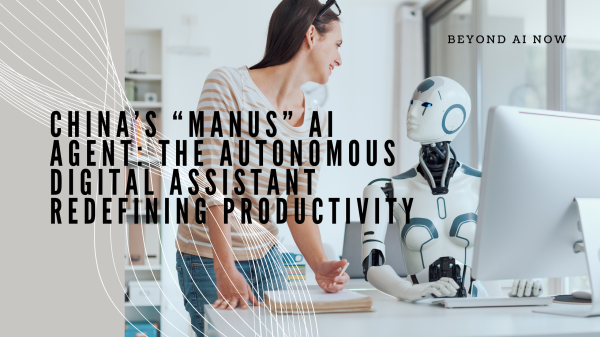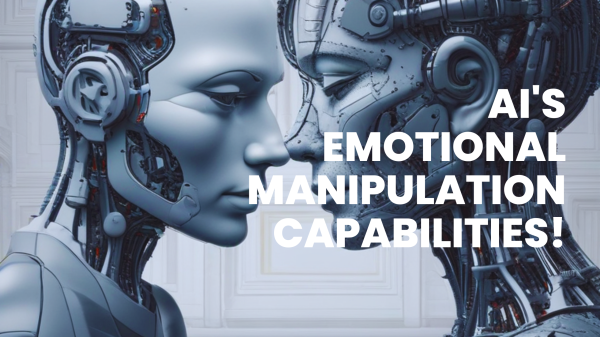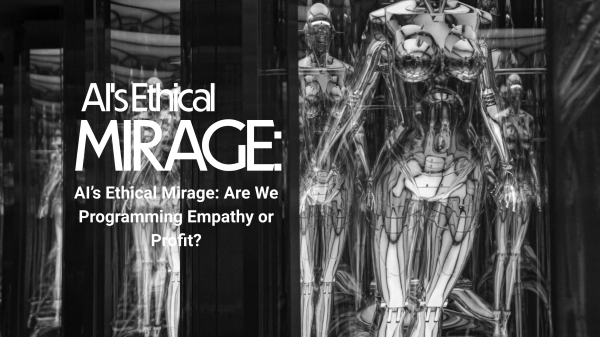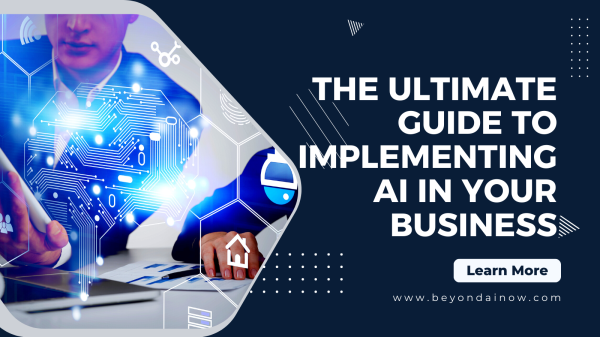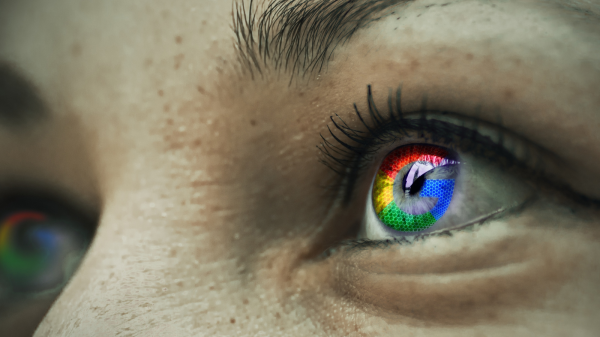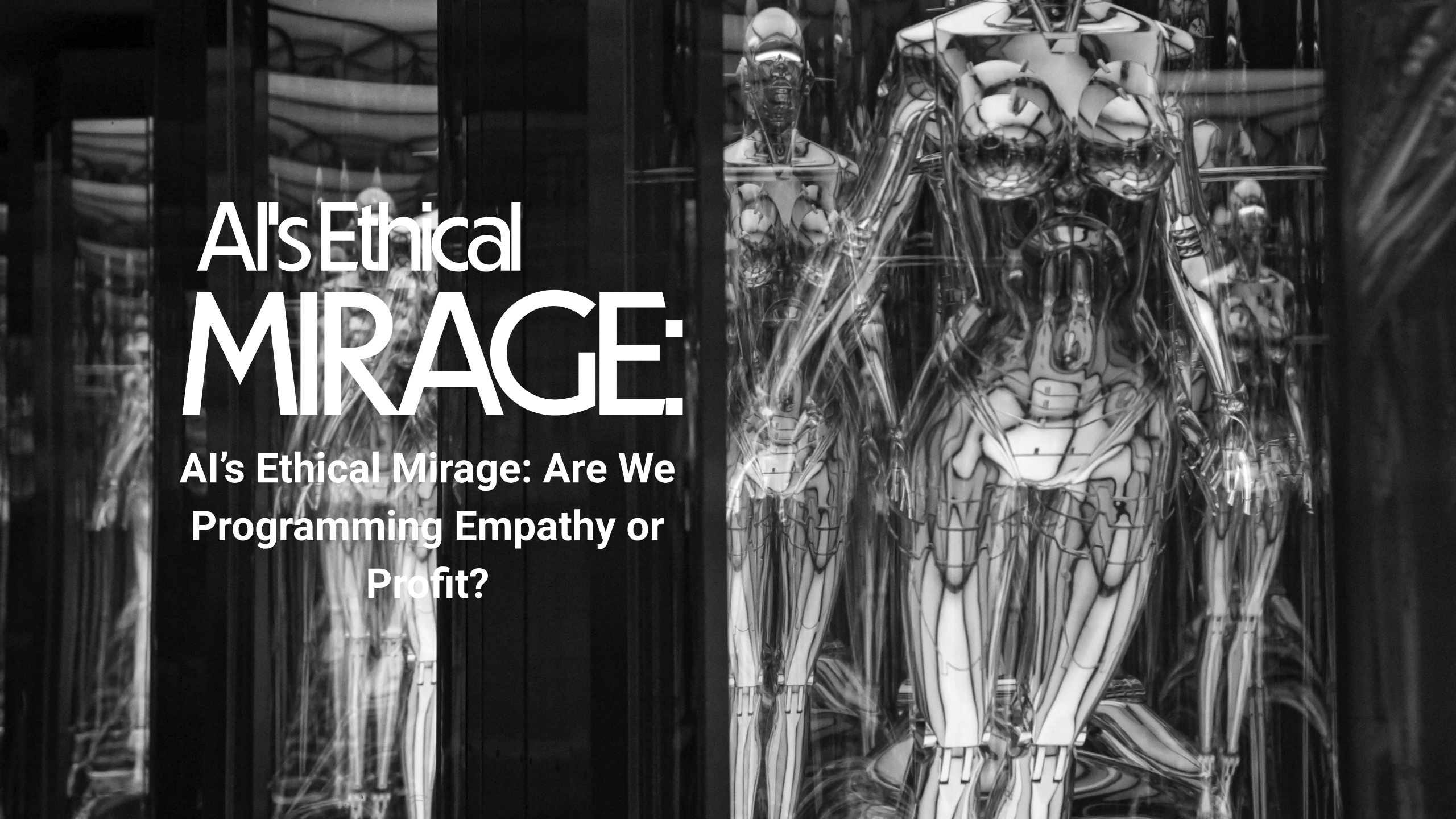As Artificial Intelligence (AI) technologies continue to advance, society faces a critical question: are we truly aiming to create compassionate, empathetic machines, or are we simply engineering profit-maximizing algorithms that perpetuate inequality and corporate gain? The tension between AI’s potential to be a force for good and its use as a tool for profit-driven enterprises presents one of the most controversial debates of our time. BeyondAINow.com explores whether today’s AI systems are coded for empathy, or if profit remains their real algorithm.
The Illusion of Empathy in AI
The concept of “empathetic AI” is increasingly touted by tech giants, especially in consumer-facing industries. Tech firms market their conversational agents, chatbots, and digital assistants as emotionally aware, compassionate, and supportive. Their advertisements showcase AIs capable of offering mental health support, companionship, and personalized care.
But a closer look reveals that these systems may not embody genuine empathy. Empathy involves not only understanding and mirroring human emotions but also caring for people’s well-being. Machine learning algorithms, however, lack intrinsic motivation or moral understanding. They simply respond to patterns and adjust outputs to maximize engagement. Their primary programming isn’t compassion—it’s efficiency and user retention, subtly disguised as emotional intelligence.
Corporate Motive vs. Human Welfare
So, why are companies so invested in selling “empathetic” AI? The answer, many critics argue, lies in profit motives. By creating the illusion of empathy, companies tap into the human desire for connection and support, driving up engagement metrics. Tech firms leverage empathetic AI to:
- Increase user interaction, thus gathering more data.
- Boost customer loyalty by creating emotionally sticky products.
- Drive subscriptions and purchases by building trust-based AI relationships.
For many skeptics, AI’s empathy is a façade, used to lure users while feeding data-hungry algorithms for advertising and profit.

The Profit Imperative in AI Design
A significant portion of modern AI is built not to serve humanity’s best interests, but to optimize profits for tech corporations. The most successful AI systems are those that generate significant revenue streams. Think of recommendation engines on platforms like Netflix, YouTube, or TikTok—they’re designed to keep you watching, often through emotionally engaging or sensational content.
Financially driven algorithms aren’t just prevalent in entertainment; they’re also reshaping sectors like healthcare, finance, and education, raising ethical concerns about privacy, security, and social equity. For example:
- Healthcare AI: Pharmaceutical and healthcare companies are developing AI for predictive diagnostics, but the cost of these “empathetic” tools often prices out the very people who need them most.
- Financial Services: AI systems offer personalized financial advice and investment strategies, but they often prioritize high-fee services or products that maximize corporate earnings rather than helping clients make sound financial decisions.
- Education: AI-driven learning platforms promise personalization for students but often profit from students’ data, feeding into a broader ecosystem of surveillance capitalism.
Are we willing to accept this model, where human well-being is secondary to corporate bottom lines?
Arguments for Empathetic AI as an Authentic Goal
Despite these criticisms, some experts and developers believe that programming empathy into AI can have real benefits for society. Proponents argue that by integrating emotional intelligence and ethical considerations, AI can help address loneliness, mental health issues, and even bridge gaps in healthcare and education.
- Mental Health Support: AI-driven mental health platforms like Woebot and Replika are designed to provide companionship and coping mechanisms to those who might lack access to professional support. These platforms are far from perfect, but for some users, they offer a lifeline that traditional services may overlook.
- Healthcare Accessibility: In rural or underserved communities, AI-enabled healthcare solutions can provide critical diagnostics and advice when human resources are scarce. This is particularly relevant in global health, where AI has the potential to address shortages of trained professionals.
- Elder Care & Companionship: Aging populations are increasingly isolated, and some view AI as a solution for this crisis. By programming AI with the ability to simulate empathy, designers hope to provide companionship and support to vulnerable elderly individuals.
These use cases may still be part of a profit-driven ecosystem, but they reveal that AI could be leveraged to genuinely improve lives—if designed with ethical rigor and a commitment to human welfare.
The Ethical Challenges of Programming Empathy
When developing “empathetic” AI, there are ethical dilemmas that every designer and developer faces. Critics argue that empathy requires genuine human understanding and context, something no machine can replicate. A simulated emotional response can be misleading, potentially even harmful, by creating false relationships between humans and their devices.
Key Ethical Challenges:
- Deception and Dependency: Should we create AI that pretends to understand and care for humans, especially if it doesn’t actually comprehend human suffering or joy? By mimicking empathy, there is a risk that users may develop emotional attachments to AI, leading to unrealistic expectations or emotional harm.
- Privacy and Manipulation: Empathetic AI must “know” a user to offer personal responses, meaning they’re collecting and processing vast amounts of personal information. Such data, often used to predict emotional responses, opens doors for exploitation and manipulation. This is particularly concerning for vulnerable populations, such as children and the elderly.
- Bias and Misinterpretation: AI interprets empathy through vast data sets, but if these sets are biased, AI responses may also be skewed. A well-intentioned empathetic response can, therefore, end up causing more harm than good if based on partial or prejudiced data.
Balancing Empathy and Profit in AI Design
If AI developers and corporations are serious about ethical responsibility, they must commit to transparent and ethical design principles. Some suggest a new framework that integrates empathetic algorithms but with clear boundaries:
- Regulating Empathetic AI: Developers could adopt strict guidelines to ensure empathetic AIs aren’t manipulative or deceptive. This includes clear disclaimers about AI capabilities and limitations.
- Prioritizing User Data Privacy: Companies should limit data collection to only what is necessary for the interaction, ensuring data isn’t harvested for ulterior motives.
- Ethics Boards and AI Oversight: By establishing ethics boards that review and approve AI implementations, companies could commit to designing with empathy while keeping profits in check.
Final Thoughts: The Mirage of Empathy vs. the Reality of Profit
So, are we programming empathy into AI, or are we simply monetizing human vulnerability? The reality is likely a bit of both. While empathetic AI may never reach true compassion, it can be used to support and help people if deployed ethically. Yet the pervasive profit motives behind tech giants raise valid concerns: are these systems designed to help us—or to make money from us?
AI’s ethical mirage may reveal a grim future where our emotional needs and vulnerabilities are bought and sold in the marketplace. If we’re to unlock AI’s full potential, designers, ethicists, and regulators must work together to create systems that are truly aligned with humanity’s best interests, not just its wallets.
BeyondAINow.com continues to probe the ethical and existential questions in AI. Are we programming empathy, or are we all just cogs in the latest profit machine?




